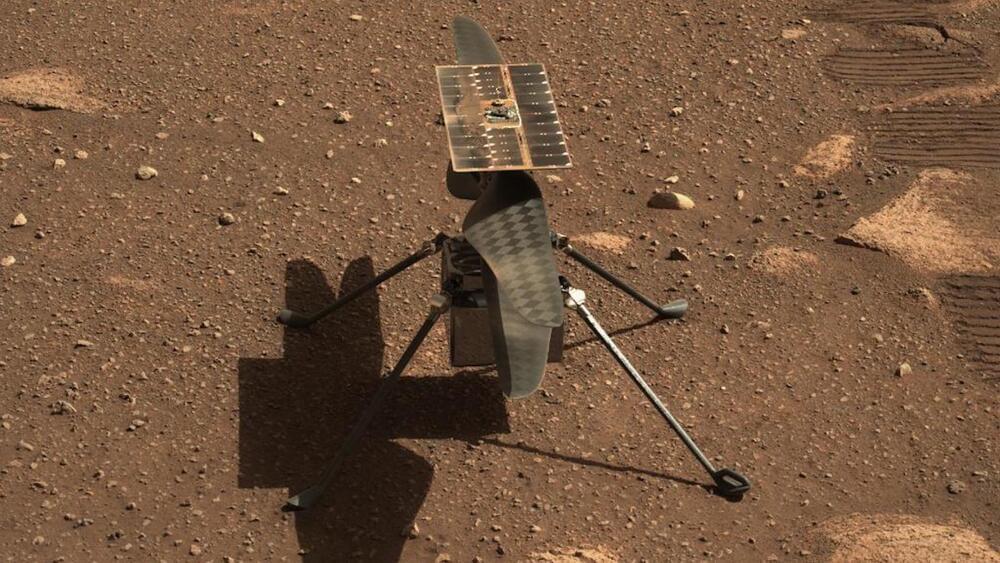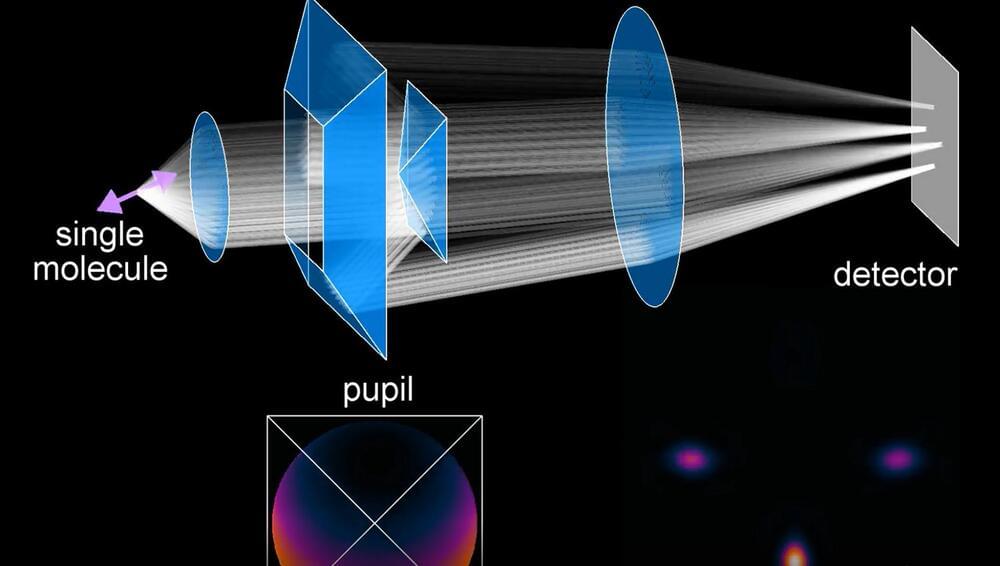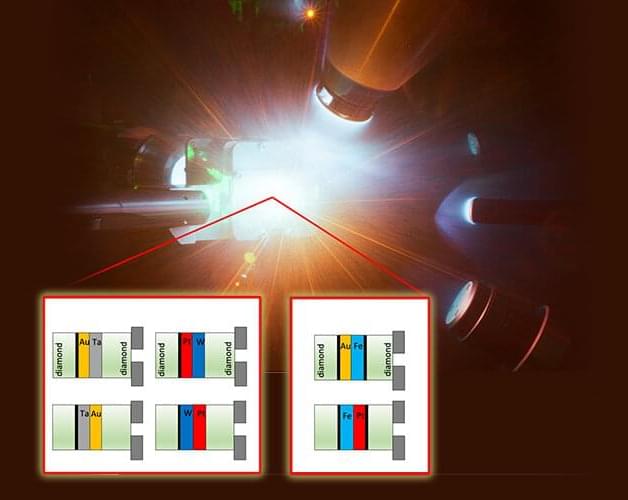Amino acids have been found in meteorites, and now an experiment shows how they might have been created by chemical reactions in these space rocks.





Scientists have been trying to understand the nature of the cosmos for hundreds of years. Recent technological advances have allowed scientists to gain more insight into the world and have led to new hypotheses regarding how it all works.
Some seem plausible while others are crazy. We’ll be discussing two of the most bizarre, but intriguing, hypotheses about the construction of our cosmos.
How is the cosmos organized the way it is? This topic has been studied by scientists over the years. They have proposed many theories to explain how it works and what is ahead.

But a team including Zhang has a suggestion for what might have caused it: the merger of a neutron star not with another neutron star, as is common for short gamma ray bursts, but with a white dwarf. White dwarfs are larger than neutron stars, but not nearly as big as the massive stars that cause supernovae, which would account for the length and intensity of the unusual burst.
Since there are lots of white dwarf-neutron star binaries and events like this are rare enough that it’s the first to be observed in half a century of looking, he suggests it needs some qualifications: first, the white dwarf needs to be “close to the upper mass limit,” and afterwards the two need to merge into a rapidly-spinning magnetar, which would “inject additional energy into the kilonova.”

To get a roundup of TechCrunch’s biggest and most important stories delivered to your inbox every day at 3 p.m. PDT, subscribe here.
Why, hello there, and welcome to your Tuesday Daily Crunch. I’ll be your host this week while Haje works from an undisclosed location where day is night and night is day. If you aren’t enjoying today’s Found podcast about tampons, we hope you at least saw stars at the TC Sessions: Space event. Let’s dig into some news! — Christine.

Many believed Ingenuity would not soar to such heights.
NASA achieved a historic first in April last year when it performed the first-ever controlled flight of an aircraft on Mars. The Ingenuity helicopter, which hitched a ride to Mars aboard NASA’s Perseverance rover, was designed as a proof-of-concept craft that was only expected to fly a total of five times.
Now, the Mars helicopter has achieved flight no. 35, and it has set a new altitude record in the process, reaching a height of 14 meters (46 feet) above the red planet’s surface, NASA announced on Twitter.
NASA
The Ingenuity helicopter, which hitched a ride to Mars aboard NASA’s Perseverance rover, was designed as a proof-of-concept craft that was only expected to fly a total of five times.

Its resolution is 1.5 times better compared to state-of-the-art techniques.
Researchers developed a new technology to see very small molecules in 6D. Inspired by the James Webb Space Telescope (JWST) design, the latest technology uses mirror segments to sort and gather light on a microscopic scale and take three-dimensional images of molecules both in position and orientation.
Washington University in St. Louis.
The microscopic world.

Two huge telescopes will provide the deepest and widest view of the cosmos to date.
Construction of the world’s biggest radio astronomy facility, the SKA Observatory, begins today. The observatory is a global project 30 years in the making.
Astronomers like me will use the telescopes to trace hydrogen over cosmic time and make precise measurements of gravity in extreme environments.
1971yes/iStock.
With two huge two telescopes, one in Australia and the other in South Africa, the project will see further into the history of the Universe than ever before.

X-ray diffraction measurements under laser-driven dynamic compression allow researchers to investigate the atomic structure of matter at hundreds of thousands of atmospheres of pressure and temperatures of thousands of degrees, with broad implications for condensed matter physics, planetary science and astronomy.
Pressure determination in these experiments often relies on velocimetry measurements coupled with modeling that requires accurate knowledge of the optical and thermomechanical properties of a window material, resulting in significant systematic uncertainty.
In new research published in Physical Review B, Lawrence Livermore National Laboratory (LLNL) scientists report on a series of X-ray diffraction experiments on five metals dynamically compressed to 600 GPa (6,000,000 atmospheres of pressure). In addition to collecting atomic structure information for multiple compressed samples, the team demonstrated a different approach for pressure determination applicable to X-ray diffraction experiments under quasi-isentropic ramp compression.